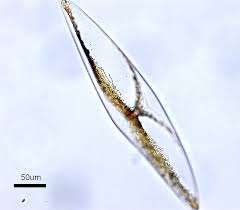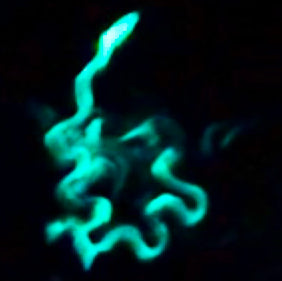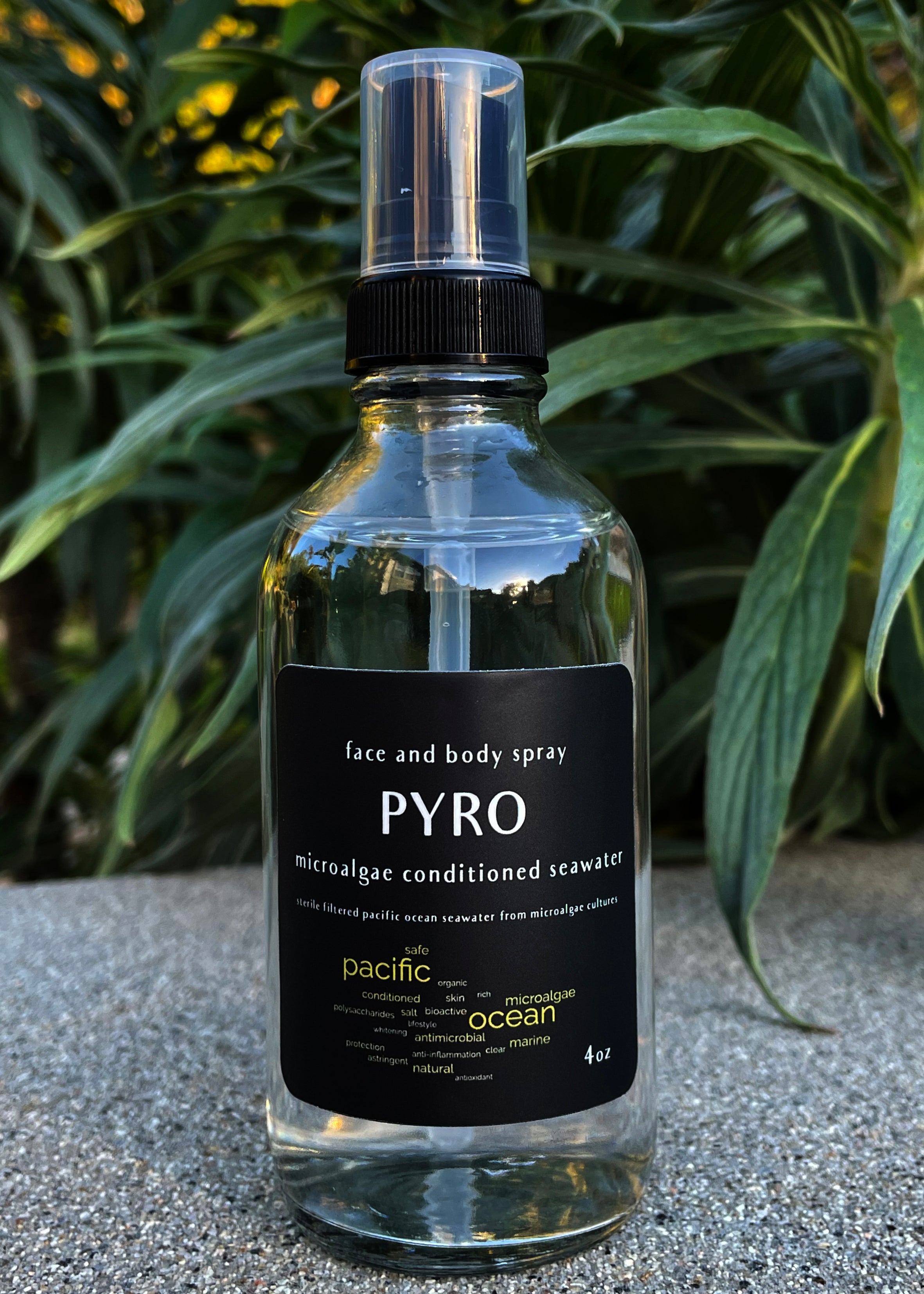Plankton as a Class Pet

PyroFarms is offering teachers and educators 50% OFF starter kits
There is so much to learn about the ocean’s plants and animals, and the ocean’s plant-plankton have so much they can teach us. Plant-plankton (phytoplankton) are single-cell organisms that use light energy to grow. They are easy to take care of, visible to the naked eye, and some produce natural bioluminescence (blue light) at night.
 The Bio-Orb filled with PyroDinos
The Bio-Orb filled with PyroDinos
PyroFarms grows bioluminescent phytoplankton, which can produce light at night. We grow phytoplankton called ‘PyroDinos.’ PyroDinos use sunlight to grow (like a plant) and produce a brilliant blue light at night called bioluminescence.
 PyroDinos under a 40x microscope
PyroDinos under a 40x microscope
Growing phytoplankton in a classroom is easy and similar to caring for a houseplant. Indirect sunlight and/or artificial lighting is all that is required. And if anything goes wrong, PyroFarms offers teachers a 90-day viability guarantee.
 GrowPro Flask
GrowPro Flask
To get the teacher discount - contact PyroFarms at contact@pyrofarms.com using your school email address. We will send you a discount code for 50% OFF select products.
PyroDino phytoplankton are part of the larger marine plankton community. They can photosynthesize and create energy from sunlight. Our PyroDinos are the species Pyrocystis fusiformis. PyroDinos are also generally referred to as microalgae or algae.
Some teachable facts using PyroDinos
Photosynthesis: PyroDinos obtain most of their energy from the sun via photosynthesis. Photosynthesis takes in the carbon dioxide (CO2) produced by all breathing organisms and reintroduces oxygen (O2) into the atmosphere. Photosynthesis is the process used by plants, algae and certain bacteria to harness sunlight's energy into chemical energy.
Ocean Food Chain: PyroDinos, like all phytoplankton, are the basis for the Ocean Food Chain. All Ocean creatures that do not photosynthesize*, rely on these photosynthetic plant plankton for their energy source in one form or another. Without phytoplankton like PyroDinos, there would be little to no life in the Ocean or on this planet. (*or chemosynthesize)
Circadian Rhythm: PyroDinos have a day-night cycle that is regulated by sunlight. PyroDinos will only produce light (bioluminescence) during nighttime hours. PyroDinos can be trained, and their day-night cycle can be changed by altering their daily lighting. When you travel and experience 'jet lag,' you feel the effects of your Circadian Rhythm being out of sync.
Bioluminescence: PyroDinos produce a natural blue light at night when disturbed. This natural light is called bioluminescence. Bioluminescence is a reaction that produces light energy within an organism's body. The reaction occurs when luciferin and oxygen react together to produce light. Usually, this reaction includes a catalyst, luciferase, which helps to optimize the reaction.
Oxygen (O2) Production: PyroDinos produce fresh oxygen as a by-product of photosynthesis. The Ocean's phytoplankton (plant-like plankton) generate more than half the air we breathe. More than all the rainforests, trees and grasses on this planet.
Carbon Fixing: PyroDinos convert atmospheric carbon dioxide (CO2) into life-sustaining sugars and carbohydrates. In doing this, they are removing the greenhouse gas 'CO2' from the environment. PyroDinos combat climate change by removing CO2 and fixing it into usable sugars and carbohydrates. On ocean-sized scales, this is very significant to our planet.
Learn More:
The importance of our oceans' plankton



Comments